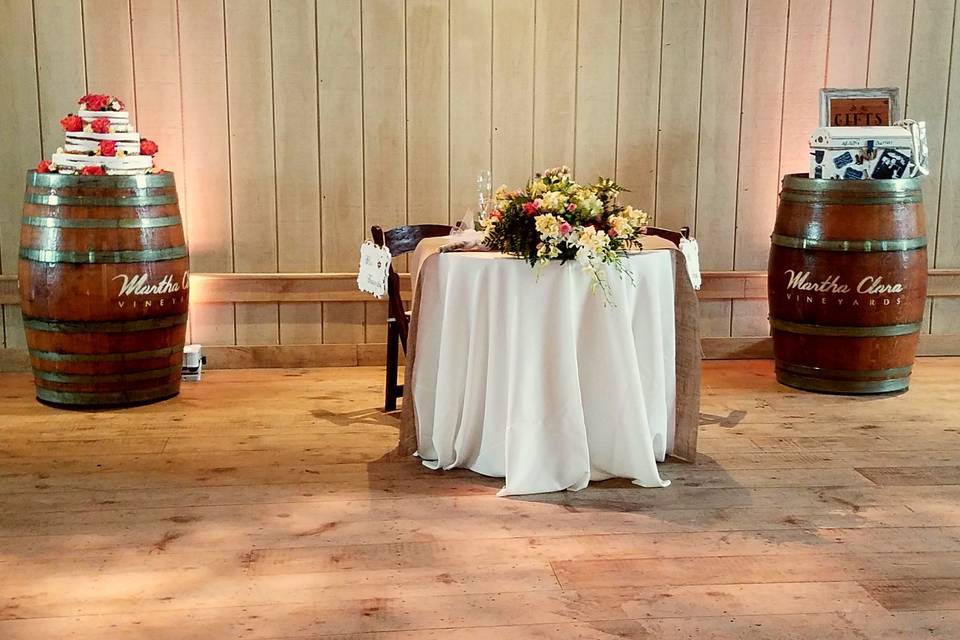Illuminating the Influence of Lighting Methods on the Art of Film Projection Mapping
Motion projection mapping is an innovative creative form that combines tech and innovation to convert common spaces into extraordinary visual displays. This method entails casting graphics and footage onto 3D elements, such as structures, sculptures, or stages. One of the key significant elements in creating effective mapping is the use of effective illumination techniques. Proper lighting improves the visual components of the projection and ensures that the visuals are crisp and captivating. This article examines the influence of illumination methods on video projection and how they can elevate the complete experience.Lighting plays a vital role in motion projection because it establishes the mood and tone of the exhibit. Different lighting techniques can elicit various feelings and reactions from the audience. For instance, using gentle, cozy lights can create a welcoming atmosphere, while bright, cold lights may produce a more energetic or dramatic impact. By carefully selecting light colors and intensities, artists can manipulate how viewers perceive the projected visuals, leading to a more engaging experience. The balance between projection luminance and surrounding illumination is essential, as it can significantly affect the visibility and effect of the images.
In addition, hue and brightness, the angle of light also influences the effectiveness of projection. Illumination from different directions can create contrast and highlights that add depth to the projected images. This technique, known as light and shadow, can improve the 3D quality of the subjects being mapped. Additionally, using moving lights can introduce dynamism to the display, making the encounter more involving for the audience. When the illumination collides with the projected visuals, it can produce an illusion of movement and change, grabbing the viewers' attention.
Another important element of illumination in projection is the use of special features. Techniques such as gobo lighting, which employs patterns and forms to project light, can introduce depth and intricacy to the mapping. This approach allows artists to layer images and create aesthetically captivating results that enhance the mapping. Additionally, adding lasers or LED lights can further enhance the display, offering a unique blend of sight components that draw the audience in. These special effects, when used thoughtfully, can elevate the mapping beyond a basic show to an engaging work of art.
In conclusion, the impact of lighting techniques on motion mapping is significant. By comprehending how various illumination components interact with projected images, artists can produce enthralling encounters check out the post right here that connect with audience. The useful reference careful selection of hue, brightness, angle, and unique features allows for a vivid canvas of sight narrative. As tech continues to grow, the possibilities for creative showcasing in mapping will only expand, making lighting an increasingly vital aspect in this progressive creative form.
